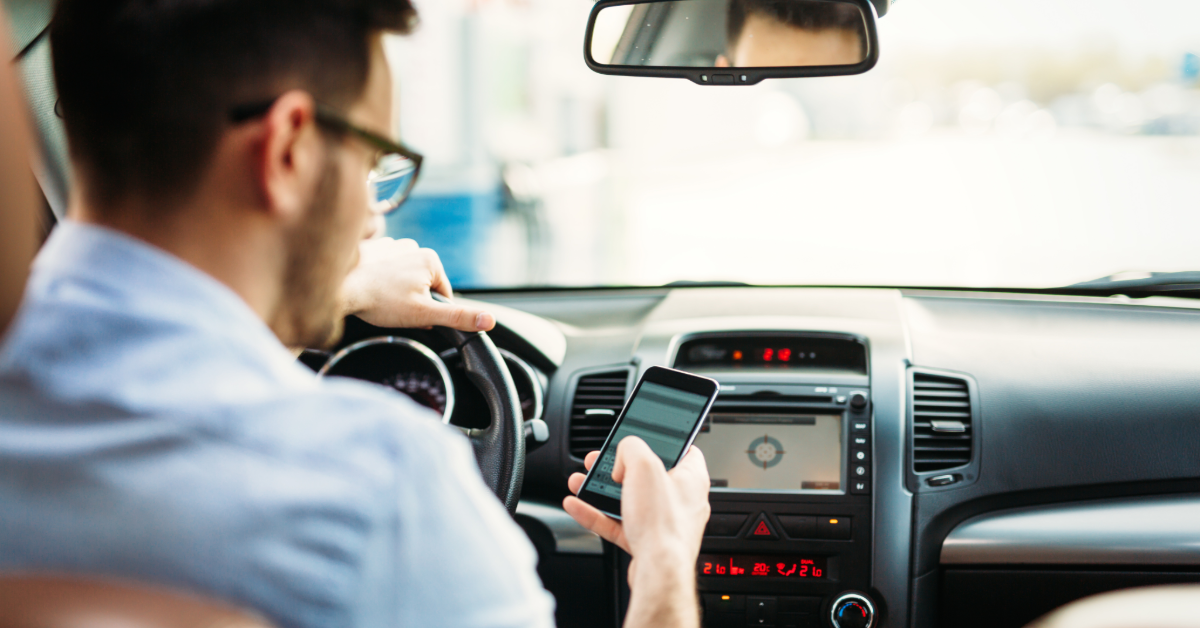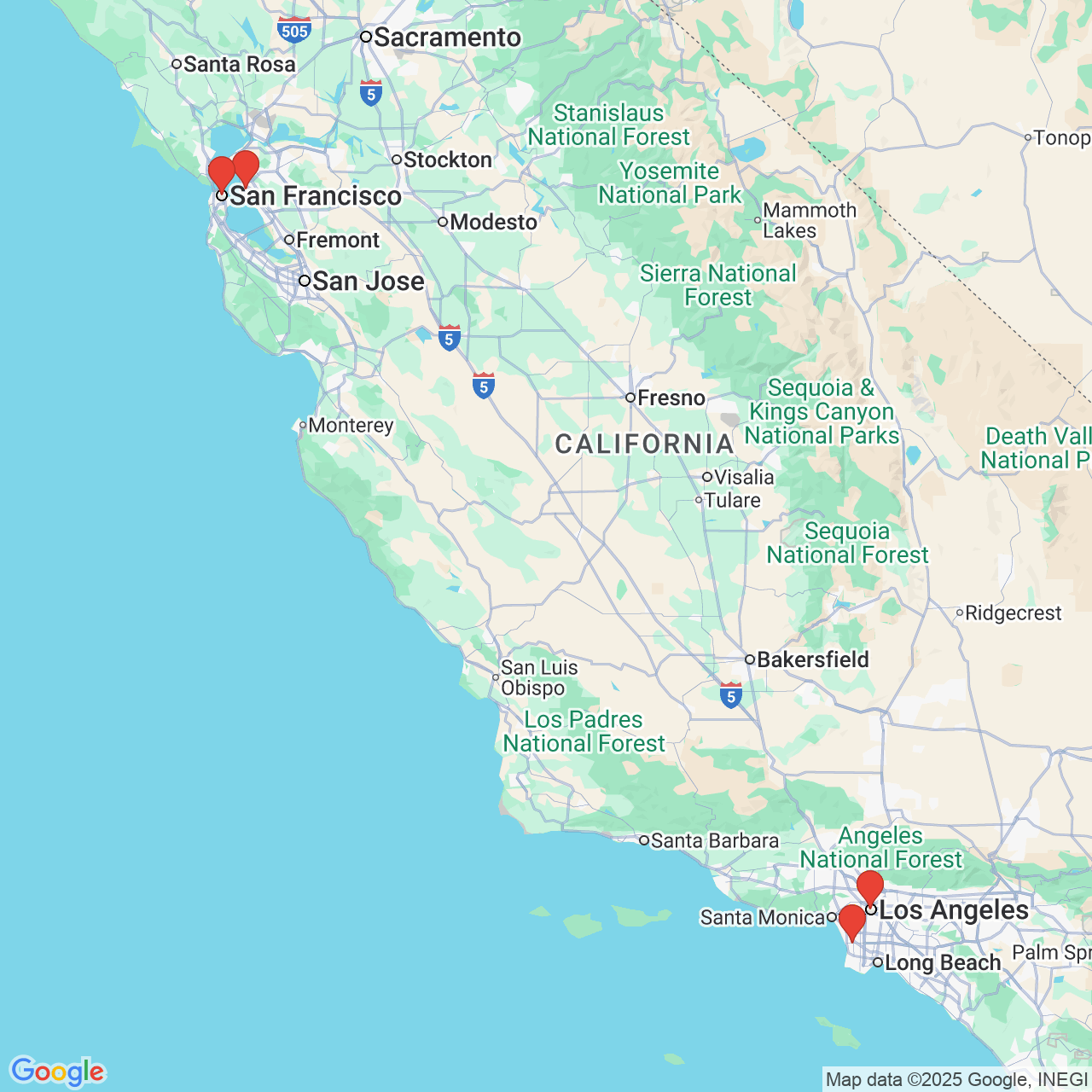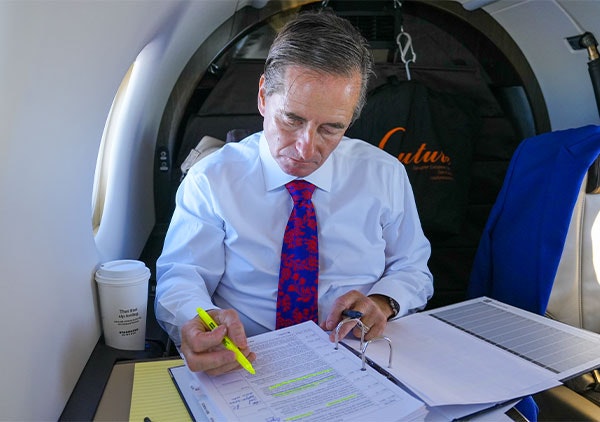California’s New No-Touch Cell Phone Law Explained (2025)

As of July 1, 2025, California has significantly tightened its restrictions on cell phone use behind the wheel. Under the newly clarified and expanded law, drivers may not hold or touch a cell phone for virtually any reason while operating a vehicle, including for navigation, music, or even glancing at directions. The update stems from recent legal interpretations and legislative efforts aimed at curbing distracted driving and closing long-standing loopholes in previous laws.
Background
California first prohibited handheld phone use in 2008, when lawmakers enacted Vehicle Code §23123 to ban talking on a cell phone while driving, unless using a hands-free device. This was followed by §23123.5, which outlawed texting and similar activities. Over time, courts and traffic enforcement agencies struggled with how to interpret what types of device use were prohibited, especially as smartphones evolved into essential navigation and media tools.
In 2017, Assembly Bill 1785 expanded the law, stating that a phone may only be used if it is mounted on the dashboard, windshield, or center console, and may be operated with a single tap or swipe. Despite these revisions, many drivers continued to handle their phones while driving, often claiming they were not "texting" or "talking" and were therefore within the bounds of the law.
That ambiguity ended in 2025, when a California appellate court affirmed that holding a phone for any reason while driving violates state law. The decision triggered renewed attention to distracted driving enforcement and led to the new “no-touch” interpretation that took effect statewide on July 1.
What the Law Prohibits
Under the updated law, it is now unlawful to hold a phone at any time while operating a vehicle—even when stopped at a red light or in traffic. The only legal way to interact with a device is if it is securely mounted and controlled through voice commands or a single tap or swipe that does not require prolonged attention.
Examples of prohibited behavior include:
-
Holding a phone to look at GPS directions
-
Scrolling through playlists or music apps
-
Viewing text messages, videos, or maps
-
Holding the device in one hand, even without actively using it
Drivers are expected to set up navigation, music, and communication before driving, or to use voice-activated functions while the vehicle is in motion. This law applies to all drivers statewide, including those commuting, transporting passengers, or making deliveries throughout California.
Are There Exceptions?
Yes, but they are narrowly defined. The law does not apply to emergency personnel, such as police officers, firefighters, and paramedics when acting in the course of their official duties. Passengers in vehicles are also exempt and may hold and use their devices freely.
Importantly, there is no general exception for rideshare or delivery drivers. Even though many of these workers rely heavily on mobile apps for navigation and dispatching, they are still required to comply with the law by using mounted devices and voice commands. Emergency calls to law enforcement, medical providers, or roadside assistance remain permitted under all circumstances.
Penalties for Violations
Drivers caught violating the law face a base fine of $20 for a first offense, though after fees and assessments, the actual cost is typically around $136. A second offense within 36 months can result in a total fine of approximately $272 and one point may be added to the driver’s DMV record. Accumulating points can lead to increased insurance rates or license suspension in serious cases.
The law is subject to primary enforcement, which means a law enforcement officer can stop a driver solely for violating this rule—they do not need another reason to initiate a traffic stop.
Understanding Your Responsibility Behind the Wheel
This new no-touch policy underscores California’s ongoing commitment to reducing distracted driving accidents and improving road safety. For all drivers, whether commuting, making deliveries, or transporting passengers, compliance now requires a hands-free setup and a conscious effort to stay focused on the road.
Have You Been Injured by a Distracted Driver?
If you or a loved one has been injured in a crash involving a distracted or negligent driver, you may be entitled to compensation for medical bills, lost income, pain and suffering, and more. Our California car accident lawyers have extensive experience holding careless drivers accountable and securing justice for injury victims.
We represent clients across San Francisco, Oakland, Los Angeles, Redondo Beach, and throughout California. Contact Dolan Law Firm today for a free consultation. We’re here to listen, advocate and fight for the recovery you deserve.





